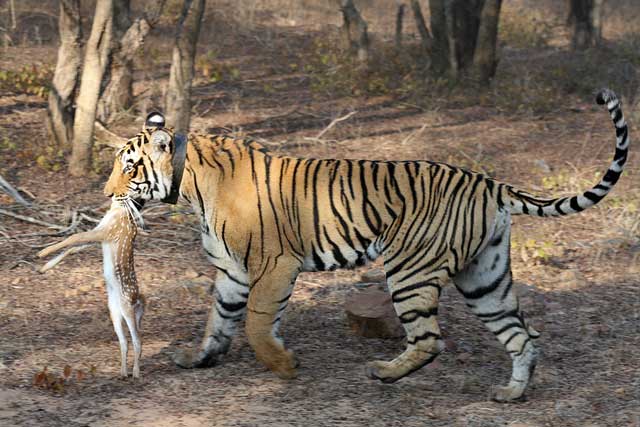It is important to note that when people ask the question on the internet “what does endangered mean?” they are almost invariably referring to the use of the word “endangered” with reference to wild animal species living in the wild and the threat of extinction of the species. I say that because the word has two slightly different meanings. The common sense meaning is “to expose to harm or danger; imperil”. We know this definition.

The meaning of “endangered” can also extend to “to threaten with extinction” with reference to wild animal species. This article discusses this meaning. The organisation which uses the word in this context is the IUCN Red List of Threatened Species (“Red List”). It is their duty to classify all the animal species with respect to how endangered or not they are in the wild. In order to do this they have a range of categories. Amongst this range of categories is one called “ENDANGERED (EN)”.

The Red List say that if they classify an animal species as Endangered, the species is considered to be facing a very high risk of extinction in the wild. This is what the word “endangered” means when we are talking about wild animal living in their own habitat in the wild.
To emphasis: you will note that the classification refers to animals living in the wild. It does not relate to captive animals.
In order to workout the classifications, the Red List uses a wide range of criteria which are too complicated to mention in depth in this short article. Clearly one criteria is whether the entire population of a particular species is decreasing. Another criteria is how dense their population is in a certain area. Another is the number of mature individuals and subpopulations. They would ask whether the decline in population size is continuing and whether the habitat of the animal species concerned is severely fragmented. These are just some examples of the criteria used.
The full range of categories that the Red List uses is as follows:
- Extinct
- Extinct in the Wild
- Critically Endangered
- Endangered
- Vulnerable
- Near Threatened
- Least Concern
- Data Deficient
- Not Evaluated
You can see that the classification “endangered” is near the end of the spectrum of categories which ends with complete extinction on the planet. Before that final event at which an animal species is no longer present on the planet they have the category “extinct in the wild”.
The category “critically endangered” is described as a species which is considered to be facing an extremely high risk of extinction in the wild.
To conclude, therefore, the word “endangered” can be used in a way which does not concern the status of animals in the wild but in this article and in this instance it is concerned wholly with whether an animal is heading towards extinction or not in the wild.
You will tend to find, especially with respect to the wild cat species, that the classification of the cats very gradually becomes more severe as the years go by, by which I mean they’re heading towards extinction in the wild.
It is interesting to note, and I disagree with the Red List in this regard, that the tiger has been classified as Endangered since 1986 to 2011 despite a considerable drop in numbers over that period or at least the threat of extinction has increased over that period in my opinion.
The lion is less endangered than the tiger and classified as Vulnerable by the Red List. Perhaps that classification needs to be revised in the light of recent events; increased persecution by people including sport hunters.
Another well-known large wild cat species is the common leopard. This cat is classified as Least Concern. In 1986 it was classified as Vulnerable. Accordingly, according to the Red List, its status in the wild appears to have improved since 1986. It is depressing to know, by the way, that the Red List classification for the leopard ends at 2002 on their website. Why is there not a more recent classification? Perhaps the organisation is short of resources. They are asking for donations at the time of writing this article.
One last point: we are discussing conservation. The threat of extinction is the other side of the coin to conservation. I hope this helps.

As long as poaching exists, every cat species could be classified as endangered.
Endangerment goes well beyond cats to elephants, chimps, whales, on and on…
Was there ever a time when humans were feeling and compassionate animals themselves?
There is one species which is not classified and which is certainly not endangered – the opposite in fact – humans.
Beautiful! Exactly!